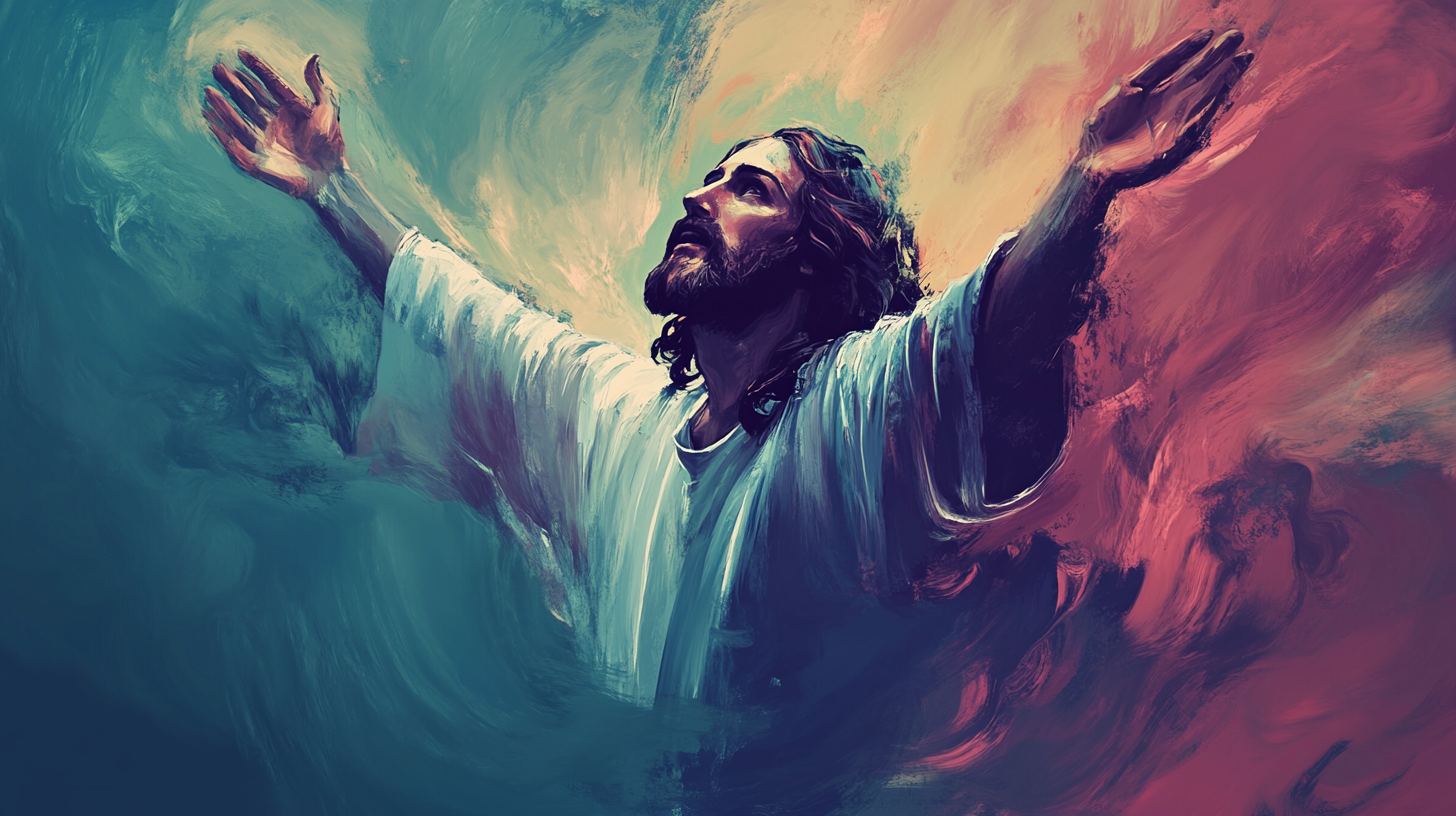Last week, we opened the door to a startling yet beautiful truth: that the end was declared from the beginning. That Paradise, true Paradise, isn’t a future fantasy but God’s eternal purpose—man dwelling with Him. This week, we continue the journey, stepping deeper into the Genesis narrative. And this time, we begin to see not only what was created, but why it was created. We begin to understand the architecture of God’s plan.
It’s all there. In the Garden. In the pattern of the tabernacle. In the promises to Israel. In the image of God, rightly understood. And yes, in two very different accounts of creation that don’t contradict, but rather complete the vision.
The Eternal Blueprint
Let’s begin with a thought that’s haunted me in the best way: Paradise was never lost. It was paused. It was hidden in God. When Paul writes in Ephesians 3 that the fellowship of the mystery was hidden from the beginning of the world, he isn’t speaking in vague, mystical terms. He’s pointing us to the beginning—to the Garden, to the divine pattern, to the end goal that was embedded in the start.
And what is that goal? That God would dwell with man. That He would be their God, and they would be His people. We saw this in Ezekiel. We saw it in Jeremiah. And we will see it again in Revelation. It’s the great echo that reverberates through Scripture: “They shall be My people, and I will be their God.”
When the Fall Wasn’t a Failure
Most theological systems treat the fall of man as an accident—as if God’s plan was somehow derailed. As if sin caught Him off guard. But Ephesians 1:11 tells us that God “worketh all things after the counsel of His own will.” Not some things. All things. That includes Eden. That includes the serpent. That includes Adam’s disobedience.
This changes everything. God didn’t scramble to come up with a plan after Adam fell. No—He declared the end from the beginning. And part of that end was contrast. Glory only makes sense in the context of humility. Grace only makes sense in the presence of sin. God wasn’t surprised—He was orchestrating a narrative rich in meaning and glory.
From Eden to the Tabernacle: One Unbroken Story
In Exodus 25:8, God tells Moses, “Let them make Me a sanctuary; that I may dwell among them.” Here again, the theme returns—God with His people. The tabernacle wasn’t just a religious tent. It was a shadow, a figure, a tangible declaration of the unseen reality: that God desires to dwell among us.
Every detail in the tabernacle points to Jesus Christ. The brazen altar? That’s His sacrifice. The laver? His cleansing. The table of showbread? His provision. The lampstand? His light. The altar of incense? His intercession. And behind the veil, the Ark of the Covenant—God’s glory on display.
This was no accident. It was all designed to point forward to the One who would make the way for God to dwell not just among us—but in us.
The Two Accounts of Creation: Prophecy and History
Genesis 1: the creation of man in the image of God.
Genesis 2: the formation of man from the dust.
These are not contradictory stories. They are layers—depth upon depth. The first account is prophetic, speaking of Christ, the true image of God. The second is historical, speaking of Adam, the living soul.
Why is this important? Because it reinforces a foundational truth: Adam was a type. A shadow. A figure. He pointed forward to Christ, the One who is the express image of the Father. Adam’s role was never to be the finished product. He was the prototype, not the perfection.
Salvation is Transformation, Not Recovery
If you believe man in his fallen state is still in the image of God, then the work of Christ becomes an enhancement, not a necessity. But Scripture says something different. It says we must be born again. It says we must be conformed to the image of His Son.
This isn’t a recovery—it’s a new creation. That’s why Paul speaks of the “new man” in Ephesians and Colossians. That’s why Christ is called the second man and the last Adam. He didn’t come to fix Adam. He came to replace him.
What Do We Do With This?
We stand in awe. And then we move. We press deeper. We reread the Word with new eyes. This week, I encourage you to go back to Genesis 1–3, but also add Exodus 25 and Ephesians 3. See the patterns. Feel the rhythm. Ask yourself: where is God pointing us?
Also, consider this question: if Adam was a type, then who are you in Christ? If the image was never fully realized until Christ, what does it mean to be “in Him”?
Looking Ahead
Next time, we’re going to linger longer in the garden. We’ll explore what was spoken about Adam that never happened—and why. We’ll uncover how God declares what is not as though it were, and how this divine prerogative opens up a whole new understanding of Scripture.
Read the next article here: https://rodney.fm/two-creations-one-purpose-seeing-adam-through-gods-eyes/
– Rodney



